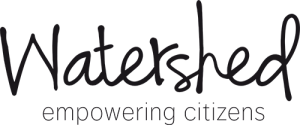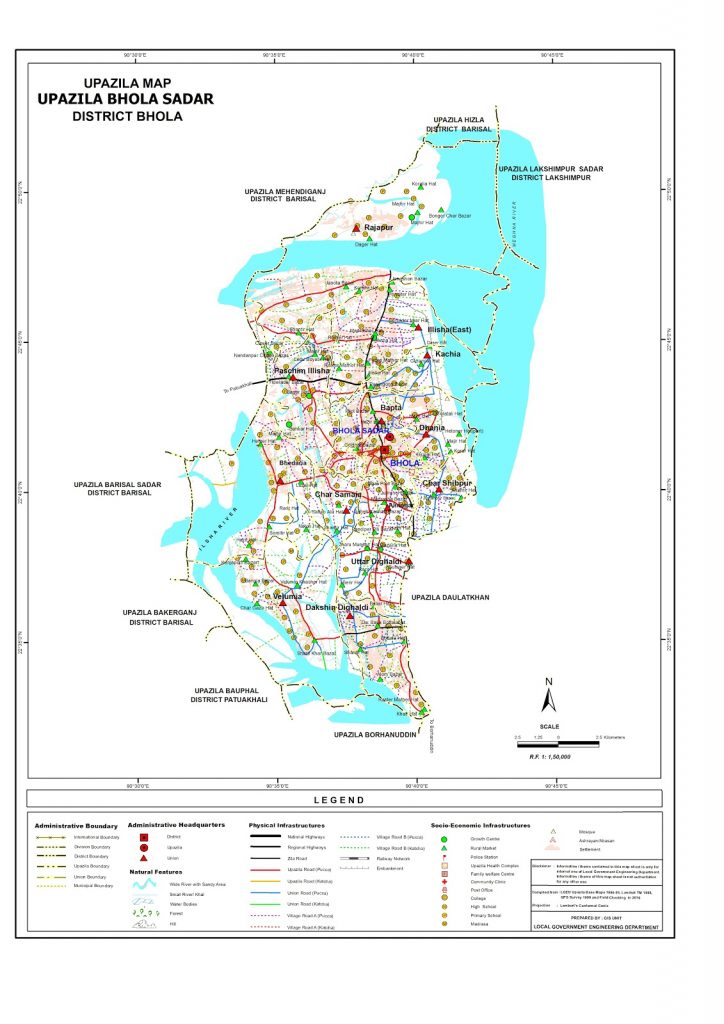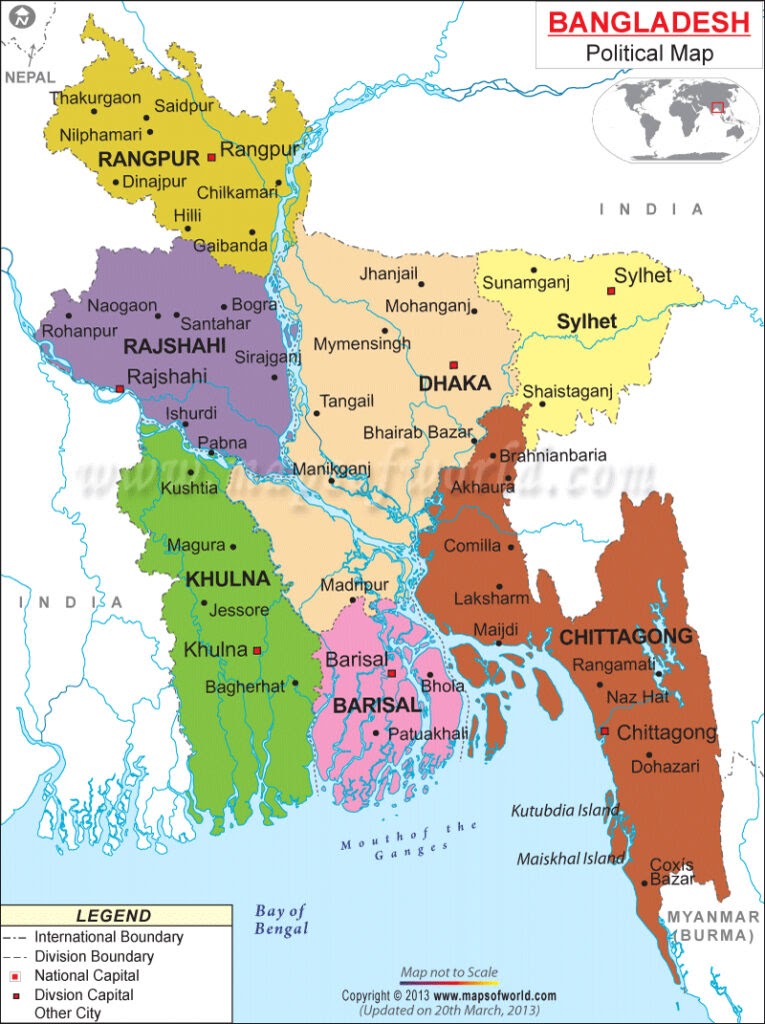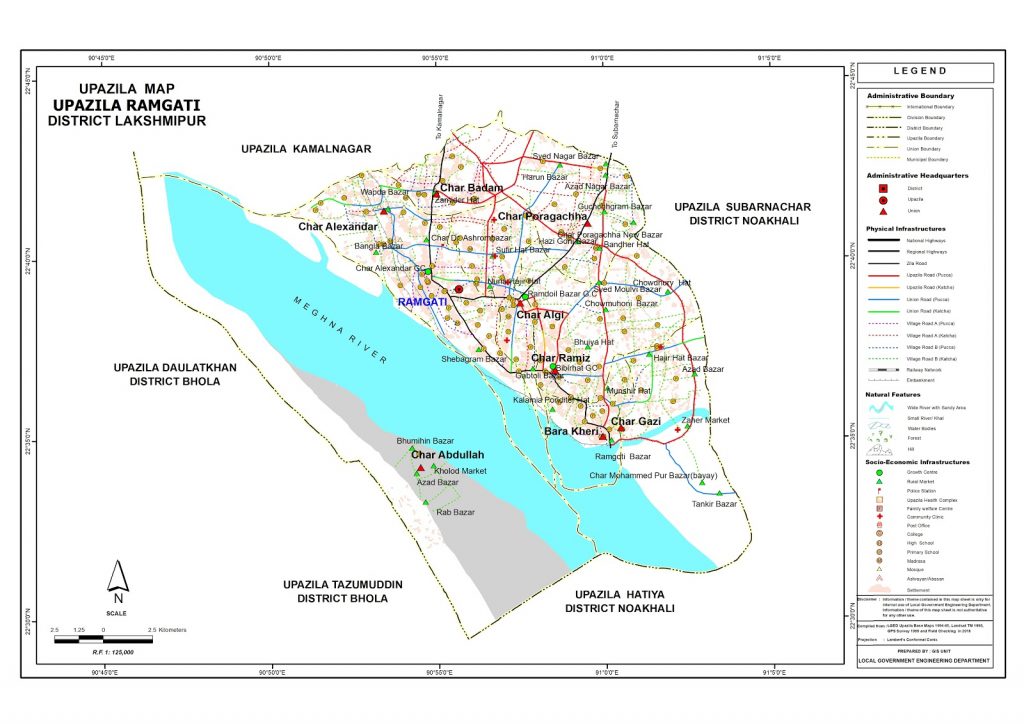Partners of the country programme have been engaged in activities with the intervention communities to develop resources based on research through workshops and meetings, interviews, group discussions and household visits. The resources developed out of these activities have served to be insightful and directive for the programme.
Joint Advocacy Strategy:
The key issues and objectives of this strategy is to bring all the Watershed and WAI WASH SDG programmes partners together to influence national level policies and practices for promoting WASH and IWRM nexus in line with SDG 6 are:
- More and equitable WASH Budget allocation at national level
- National Strategy for Menstrual Hygiene Management (MHM) in place to bring synergy among sectors to address special need of women and girls (i.e. approval of a National Strategy for Menstrual Hygiene Management)
- Finalization of Water Rule in line with Water Act 2013 with provision of CSOs involvement in planning and decision making (i.e. functioning of local level IWRM Committees)
- Update of National Strategy for Water Supply and Sanitation 2014 aligning with SDG 6 to address leaving no one behind agenda through pro-poor and safely managed WASH services
- Update of Pro-Poor Strategy for Water and Sanitation Sector in Bangladesh of 2005 to clearly define who are the poor, appropriate water and sanitation service levels and subsidy mechanisms by 2020
Water Security Plan of Veduria Union 2019:
Watershed Bangladesh has identified conjunctive surface water and groundwater use for WASH programme as an advocacy agenda. An enabling environment can be created by improving information base and use of surface water resources so that overall dependence on groundwater is reduced and Water Security maintained and enhanced. For this purpose, a model Water Security Plan for Veduria Union is developed as a demonstration of ways in which wetlands and Water Security consideration could be linked with WASH planning. It will be done by highlighting the role of wetlands in achieving Water Security.
water-security-plan-for-veduria-union-2019
Updated Water Security Plan of Veduria Union 2020
This document presents the outcomes of water security planning for Veduria Union prepared under the ambit of Watershed Bangladesh strategic partnership. The document specifically highlights how improving water management in Veduria can enhance water security. This document is supposed to be a guide for local CSOs to engage with government functionaries and duty bearers on aspects of water security and wetlands management.
updated-water-security-plan-for-veduria-union-2020
Social Mapping based Outcome Monitoring - Bhola Sadar Upazila:
As part of the empowering strategy of the Watershed programme in Bangladesh, capacity building of communities was undertaken to enhance its understanding of the situation on the ground so as to enable them to carry out their own sustainability monitoring. The objectives of carrying out the sustainability monitoring are 1. Planning 2. Evidence-based Lobby & Advocacy 3. Empowerment. Following a workshop on social mapping for community monitoring in November 2017, the exercise was initiated in two unions of Bhola Sadar, Dhania and Veduria. The activity started in 2 wards of Dhania union in early 2018. By mid-2019, all 18 wards of these two unions had been completed.
bl_social-mapping-based-outcome-monitoring-bhola
en_social-mapping-based-outcome-monitoring-bhola
Social Mapping based Outcome Monitoring - Ramgati Upazila:
The social mapping exercise done in Bhola Sadar and following its outcome, similar exercise was replicated in Ramgati Upazila where the intervention started in 2019. Eighteen wards in two unions, Char Alexander and Char Badam were covered in 2020 to conduct social mapping. This document illustrates findings gathered from the social mapping.
bl_social-mapping-based-outcome-monitoring-ramgati
en_social-mapping-based-outcome-monitoring-ramgati
Water Quality Test Survey in Veduria Union:
To support the revision of the Water Security Plan of Veduria Union in Bhola Sadar Upazila, a water quality test survey was planned covering water sources at household and public places. This survey was backed up with technological options of water quality test using digital way to collect the test results as well as other information from the household and public places. Due to the COVID-19 pandemic, only about 50% of the planned samples could be included in the survey.




